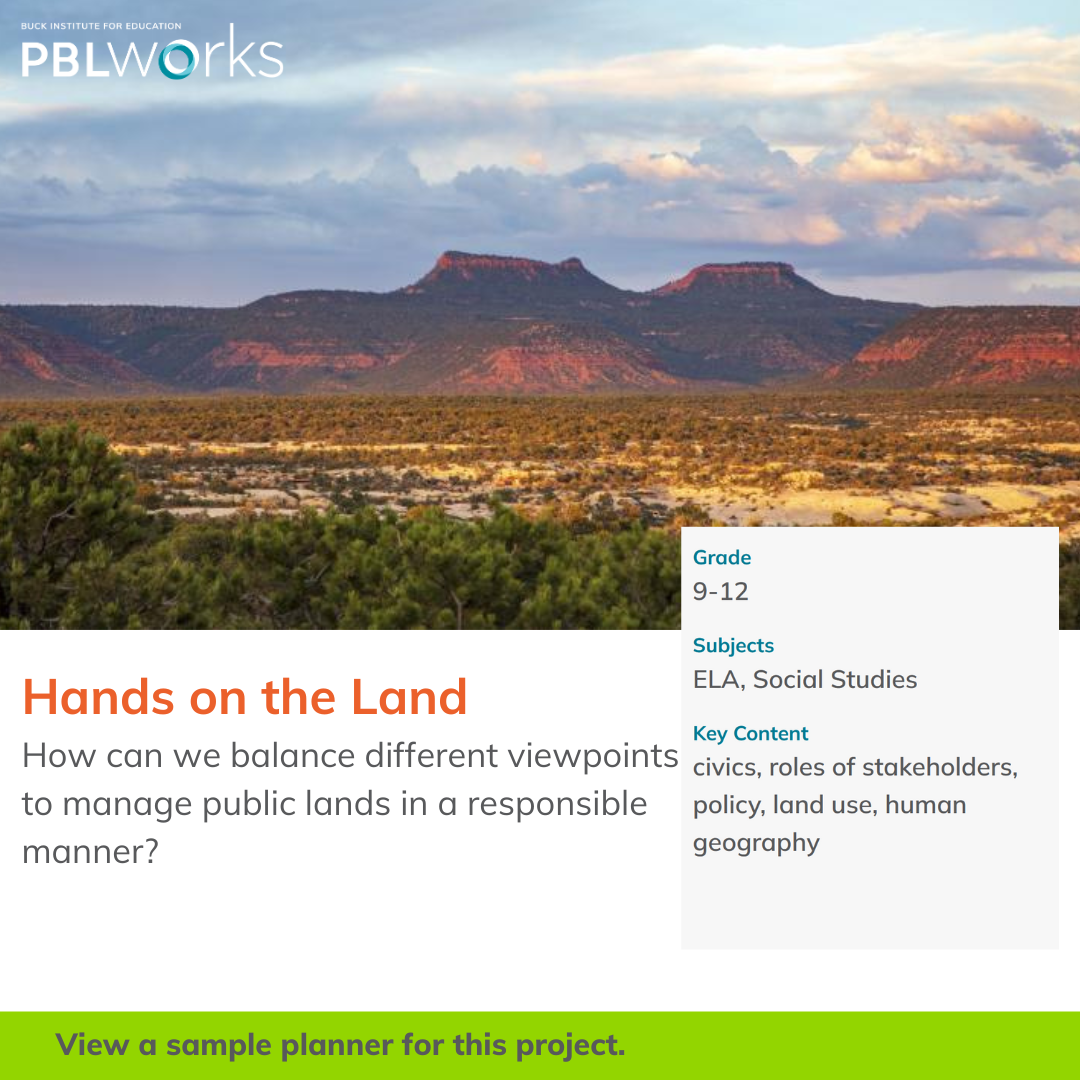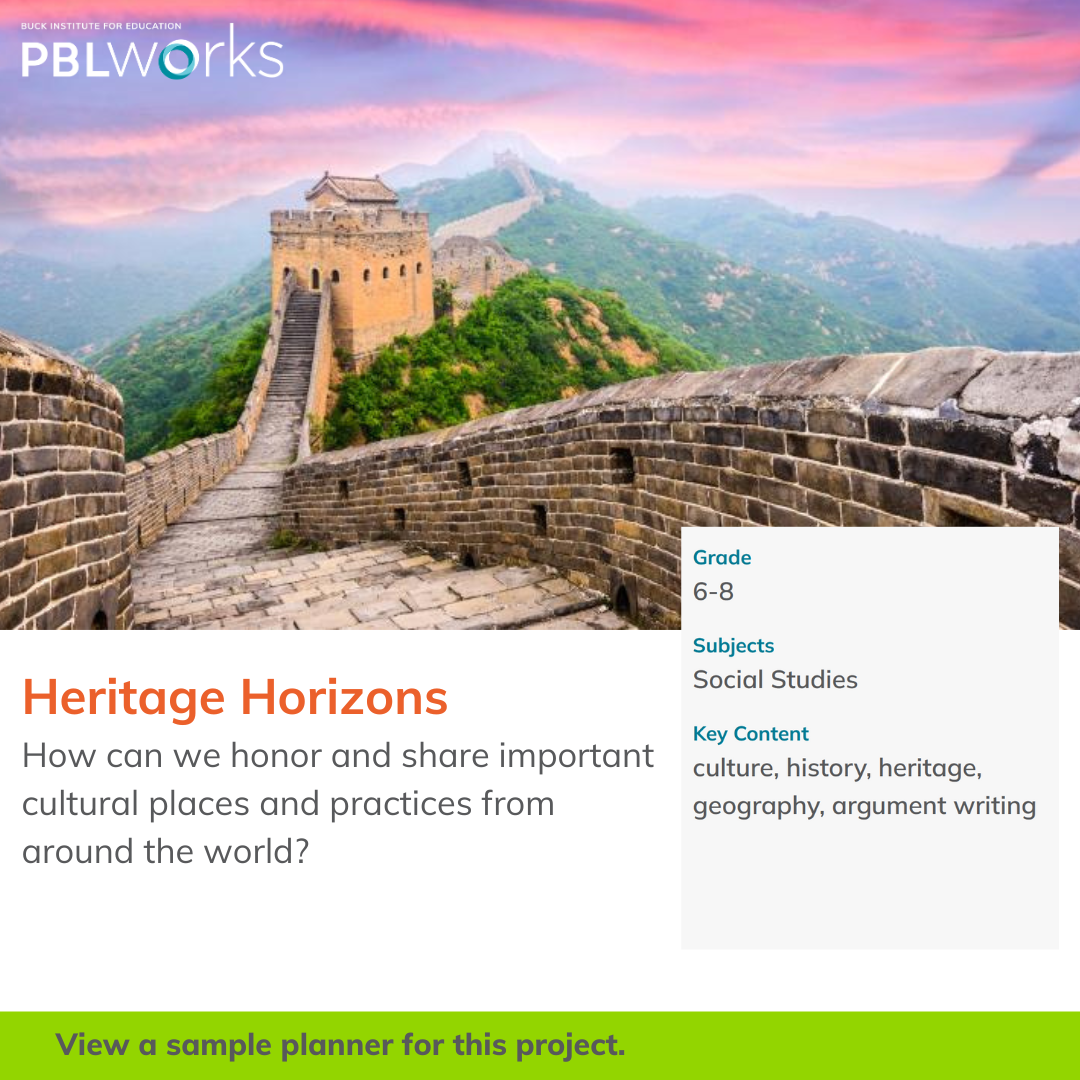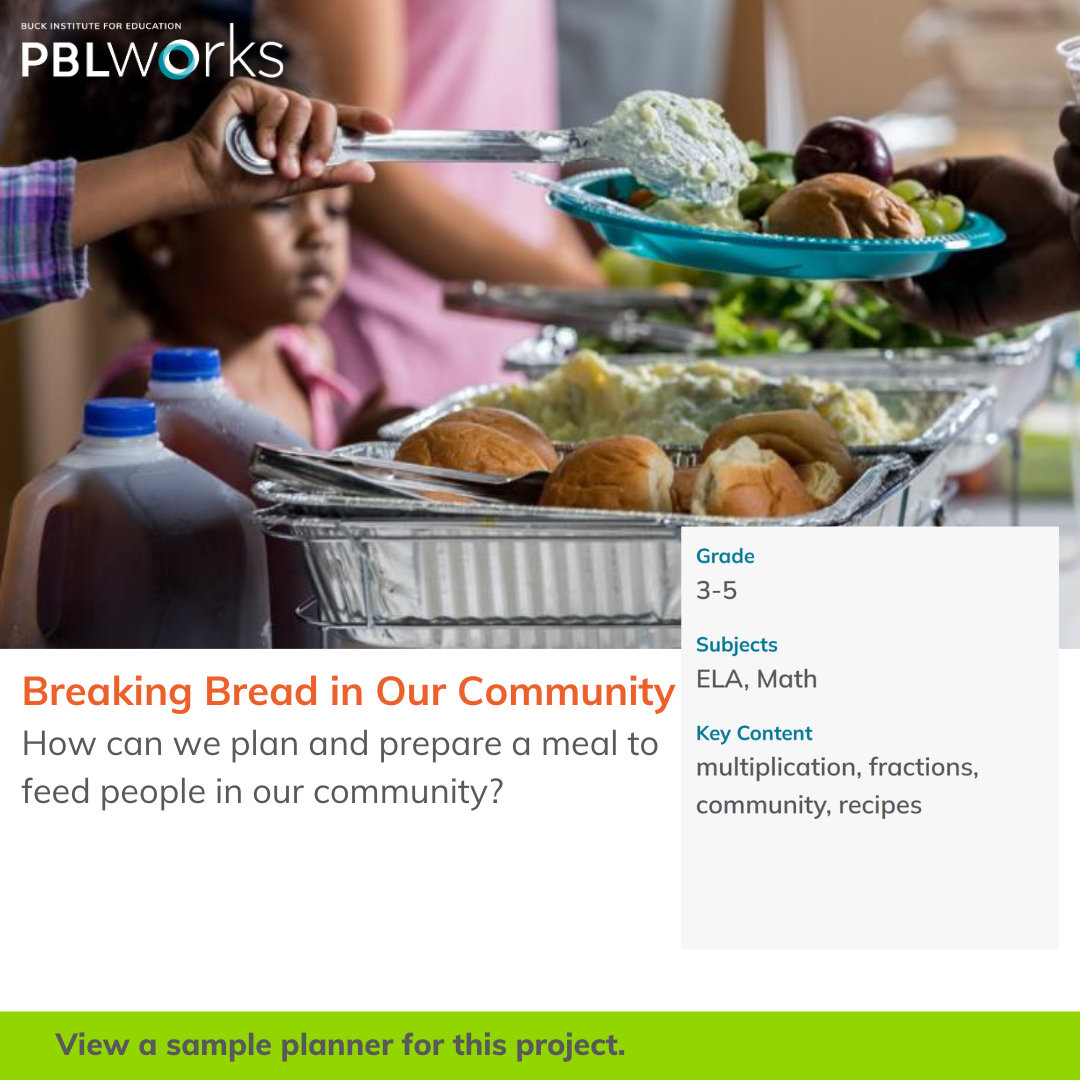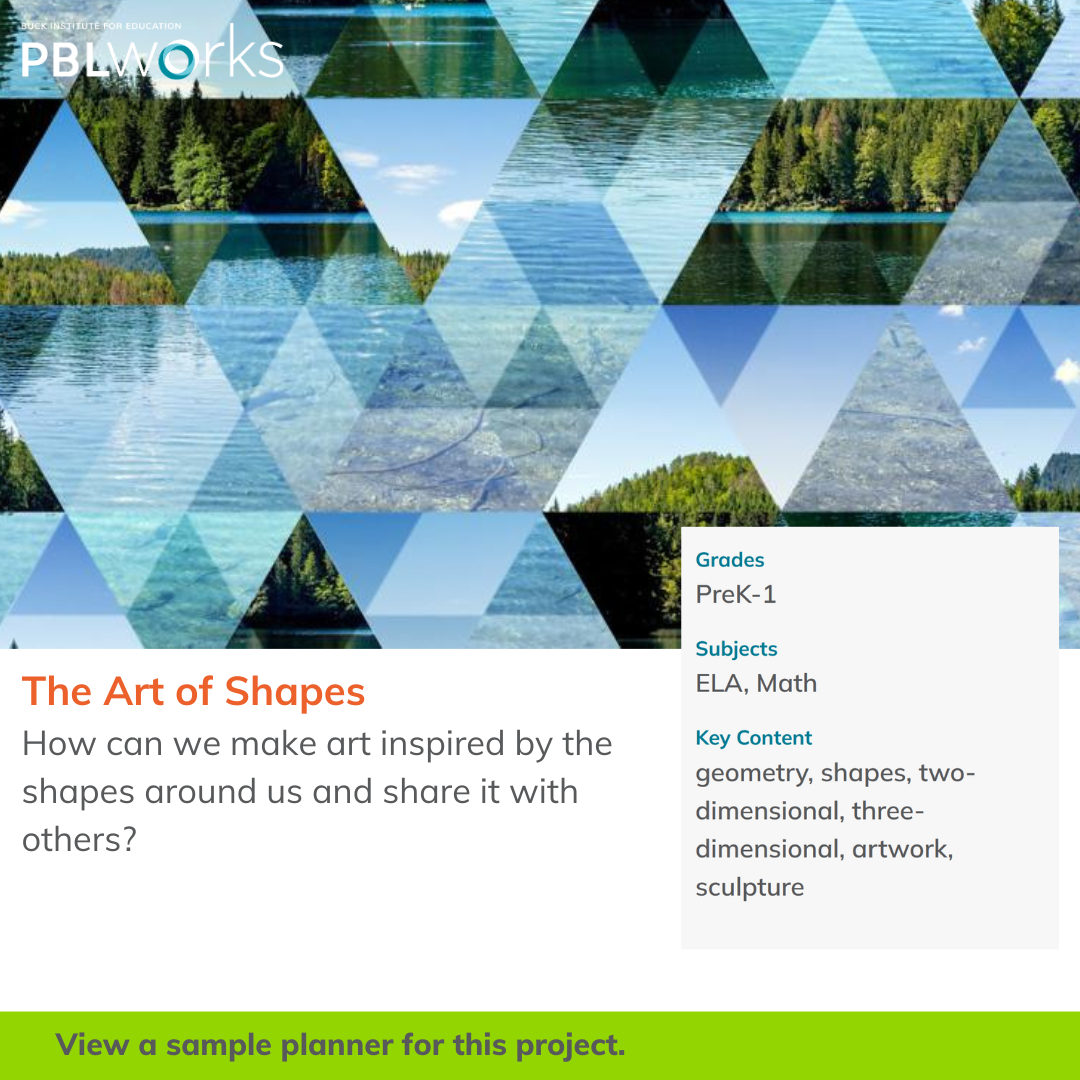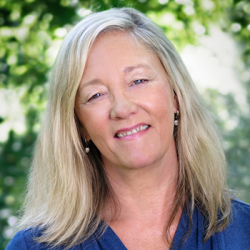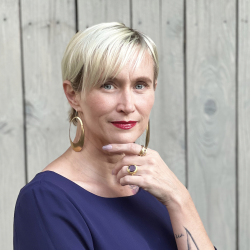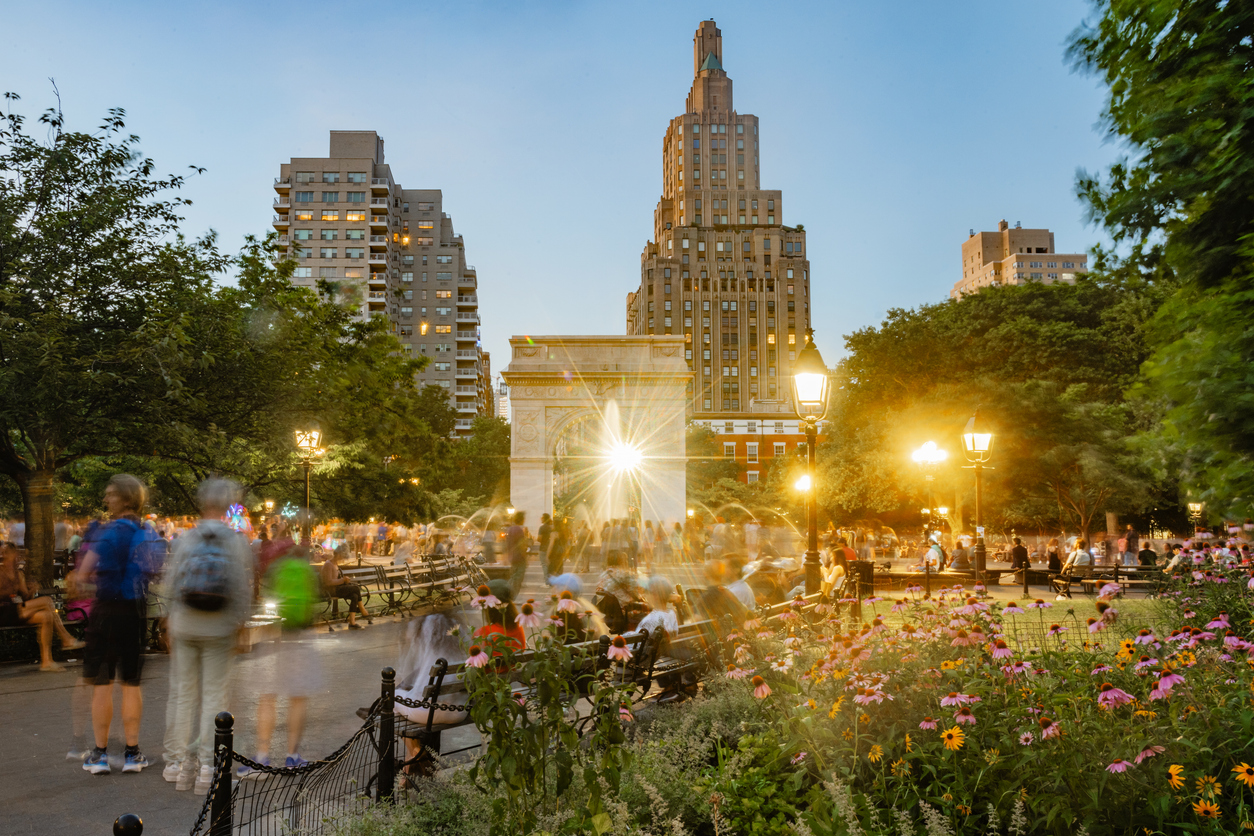
“We are surrounded by places. We walk over and through them. We live in places, relate to others in them, die in them. Nothing we do is unplaced. How could it be otherwise? How could we fail to recognize this primal fact?” — Edward S. Casey, The Fate of Place: A Philosophical History.
The power of place shapes students' thoughts, feelings, values, and actions; it influences who they are and plays a critical role in what they may become. Place-Based Learning, a specialization of Project Based Learning, is a pedagogy grounded in the power of place and creates in students a sense of connectedness to their spaces. David Greenwood reminds us that “[p]laces are perceived very differently by different cultural groups who hold different ways of being and knowing. Coming to know a place, therefore, means learning the diverse and competing stories told about it. A critical pedagogy of place is concerned not just with the dominant story but with all the stories at risk of being silenced or erased, including the voice of the land itself” (Greenwood 2013, pp. 98-99). Place-Based Learning is a powerful way to connect to the values and cultures represented in the community, resulting in a shift from the dominant narrative by uncovering the counter-narratives of a place. For example, in the PBLWorks project Urban Visions, in order for students to develop a sustainability plan for their community they must first come to explore the ways people traditionally used the land they occupy, the history of the land told from the non-dominant perspective, and the ways people currently care for their places using cultural knowledge and skills. Uncovering the stories of the past to understand the present is a critical aspect of Place-Based Learning; the fact that students are researching their own communities builds authenticity, an essential element of project-based learning.
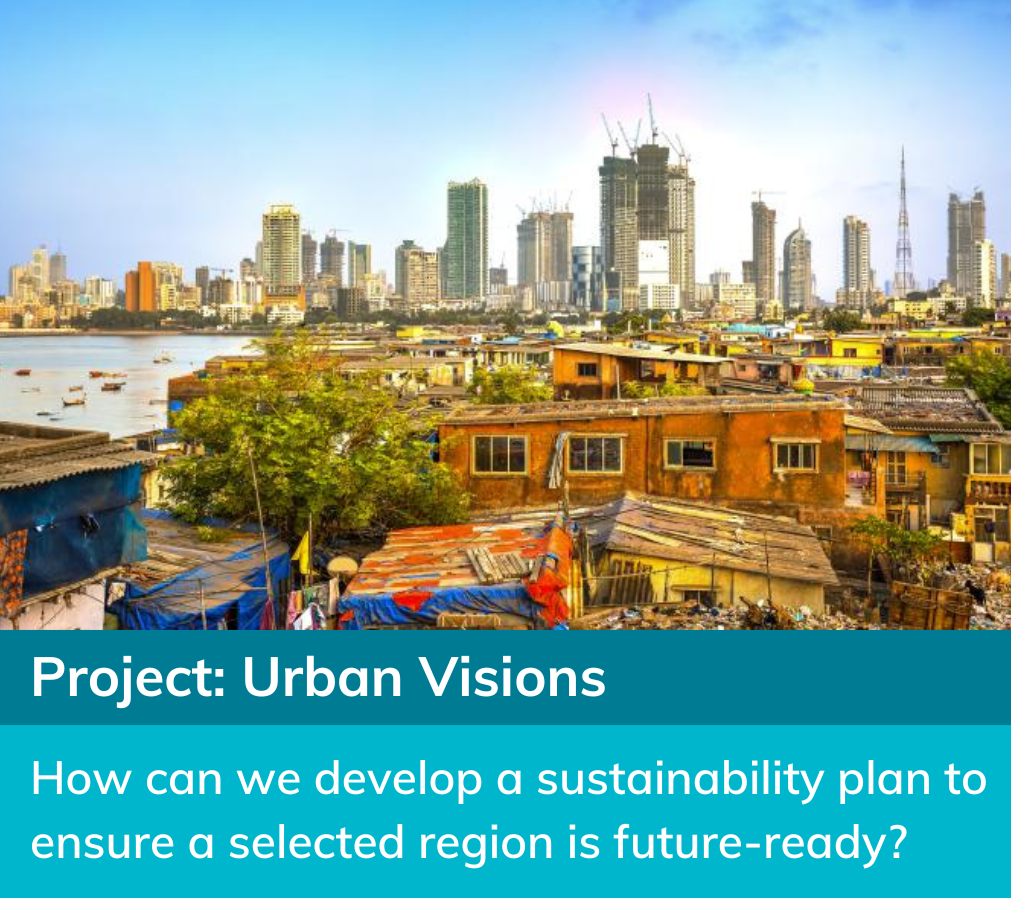
In the “Power of Place” exhibition at the Smithsonian’s National Museum of African American History and Culture in Washington, DC, visitors learn that place is not just about geography, “...but also about memory and imagination. People make places even as places change people. Places are secured by individual and collective struggle and spirit. Place is about movement and migration and dis-placement. Place is where culture is made, where traditions and histories are kept and lost, and where identities are created, tested, and reshaped over time.” Because students at each school live in proximity to one another and inhabit the same places and spaces, the work they do in school should authentically allow them to uncover, recover, and tell their place stories. Authenticity is a Gold Standard Project Design Element and is what elevates a project to transformative—for students, schools, and communities. This is at the heart of Place-Based learning. The exhibition highlights “place stories,” and each story “...provides intimate views into distinct moments of the African American experience. They reflect the resiliency of African Americans in making places for themselves and overcoming the challenges they faced. Thematically, chronologically, and regionally diverse, together these cultural landscapes offer a sweeping view of American history through an African American lens” (Smith 2022).
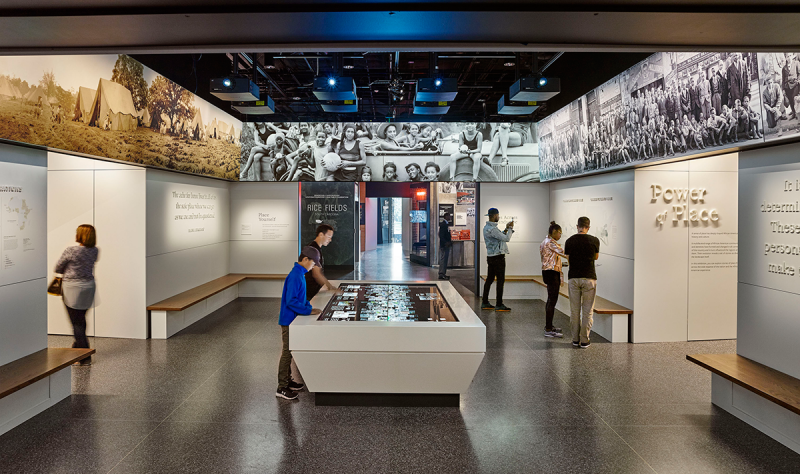
The Power of Place exhibition also highlights stories of challenges, survival, and celebration. One such place story is about the Louisiana State Penitentiary in Angola that illustrates the plantation prison system in the Deep South. When Clint Smith, The Atlantic staff writer, author, and poet, visited Angola, he noted that Angola sits on the site that was a former plantation. “People incarcerated at Angola are paid a few cents an hour to work the same fields, picking cotton, corn, and more, from the same land slaves were forced to work 200 years ago. Some incarcerated people are even tasked with fishing, cooking, and doing repair work for the ‘free men’—as people imprisoned at Angola call the prison staff. Angola is, essentially, a place where slavery never ended” (Brockwell 2022).
There is much to unpack about the many place stories that live here: oppression, the legacy of slavery, the disparities in the criminal justice system, the school-to-prison pipeline, and systemic racism that permeates the penal system. Now imagine students, who so often are blamed for their perceived apathy and lack of engagement, exposing these types of inequities and legacies to build their own future stories and enact change, while learning core content and skills. That is the connective tissue of Place-Based Learning and place stories.
However, not all place stories tell what is or was negative. Not all are about survival. There are stories that tell about where communities and individuals thrived and are thriving today, stories that celebrate accomplishments and ways that individuals contribute to making a place better.
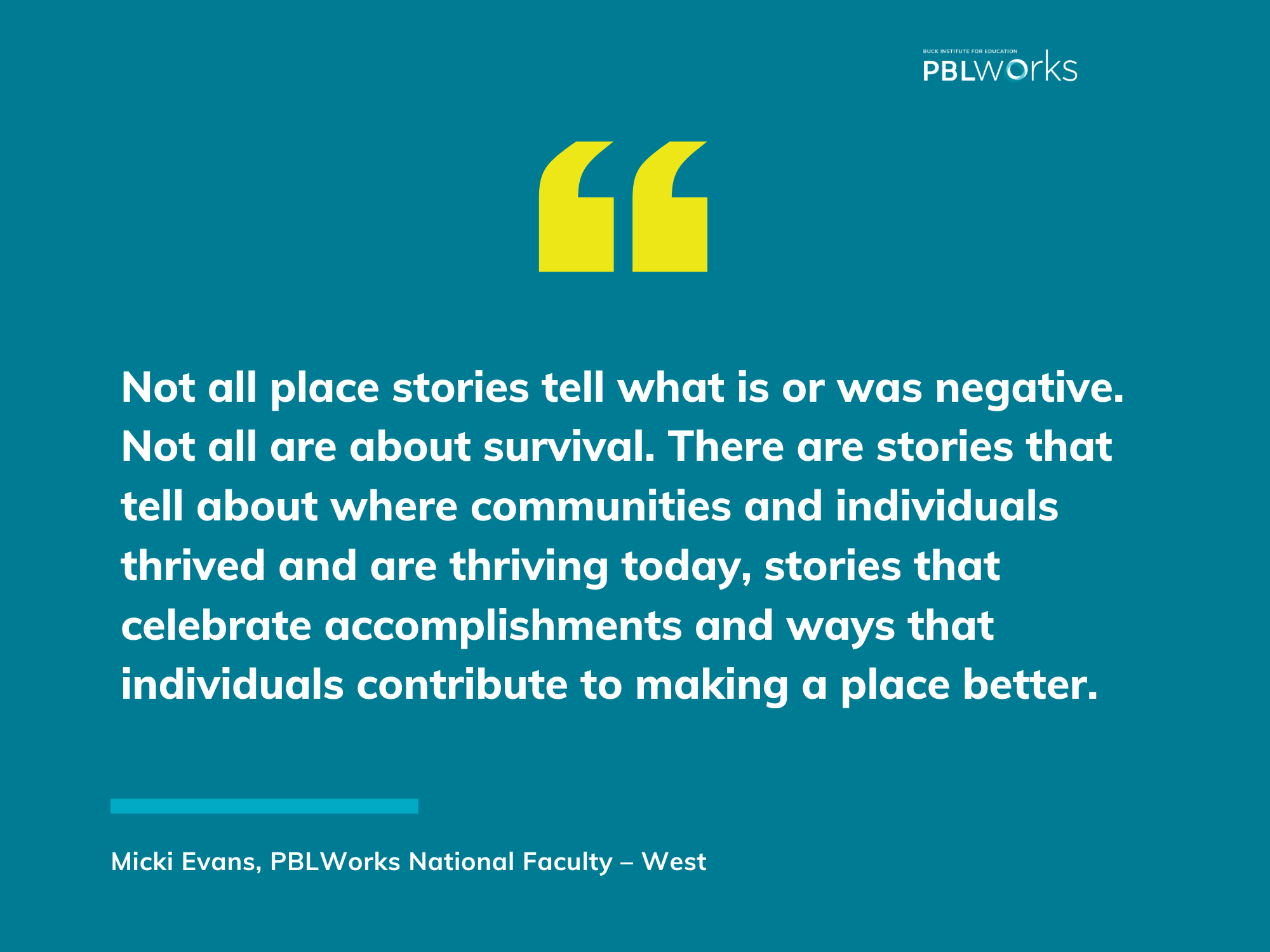
Let’s consider the story of Mae Reeves’ Hat Shop, which you can now visit at the Smithsonian’s National Museum of African American History and Culture. An African American hat designer who was the first Black woman to own a large business in downtown Philadelphia in the early 1940s, Reeves, 28 and unmarried, secured a loan from a Black-owned bank, Citizens and Southern Bank, to open Mae’s Millinery Shop. Her business grew into a community gathering place that blurred the lines of class and race. She retired at 85, and the shop was left untouched until the Smithsonian recognized it as a national treasure. When it came time to turn the store into a museum display, Gardullo, who curated the exhibit, said, “I wanted to understand Mae’s hat shop as a powerful place.” In addition to allowing Mae to combine artistry and entrepreneurship, the hat shop was “highly political,” Gardullo says, because it served as a place of civic engagement and racial integration. Mae was a member of the NAACP, and on election days, she turned the shop into a polling station where even local politicians would stop by to vote. Students are sitting amidst history that needs to be unearthed and uplifted, and teachers can emphasize that any place simultaneously embodies its present and past. This duality can be explored and leveraged in PBL in so many powerful ways!
As you consider using place-based learning with students, first ground yourself in place. A sense of place is historical, cultural, and spiritual. The relationship between power of place, storytelling, and oral traditions is deeply personal, as our own experiences and reflections on place can influence the stories we tell about ourselves and our lives.

Our childhood homes, the neighborhoods we grew up in, and the natural landscapes that have shaped us all have a role to play in the narratives we create. By reflecting on the places that have had the most impact on us, we can gain a deeper understanding of our own personal stories and the way that they intersect with the larger narratives of our communities and cultures. Through this process of reflection, we can tap into the power of place and use it to create stories that are both authentic and meaningful. Consider your own “place story.” How does it inform your cultural identity? How has it formed your thoughts about resilience? Belonging? Responsibility? How does it influence the ways in which you share power with students? Building on this foundational understanding of place we can see how it intersects with the pedagogical framework for Place-Based Learning.
We are uplifting Place-Based Learning because it embodies the equitable and decolonized classrooms at the heart of Gold Standard PBL—classrooms where students are reflecting, deeply inquiring, connecting, sharing power, and reclaiming places and spaces.
When you’re ready for your students to experience Place-Based Learning, read our blog, Honoring Places and Context in PBL, then check out these projects in the PBLWorks Project Library and adapt them for your place:
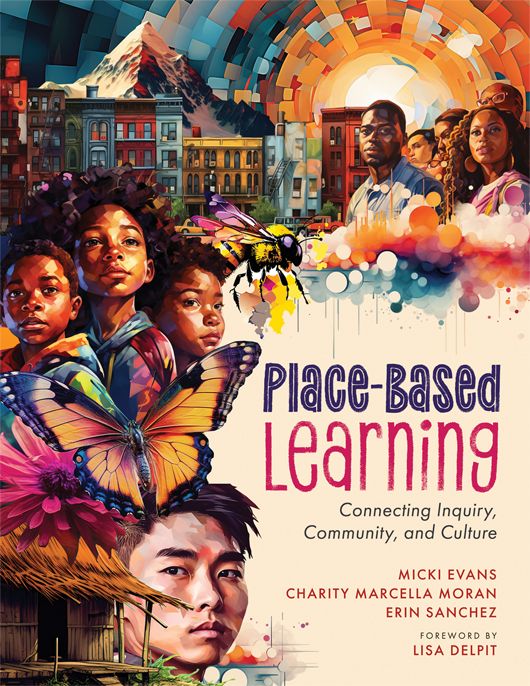 Are you curious to learn more about the intersection of Place-Based Learning and Project Based Learning?
Are you curious to learn more about the intersection of Place-Based Learning and Project Based Learning?
Micki Evans, Erin Sanchez, and Charity Parsons, our talented National Faculty members and the co-authors of this blog article, just released a book, Place-Based Learning: Connecting Inquiry, Community, and Culture, with a foreword by Lisa Delpit! Check it out at www.pblpath.com.

